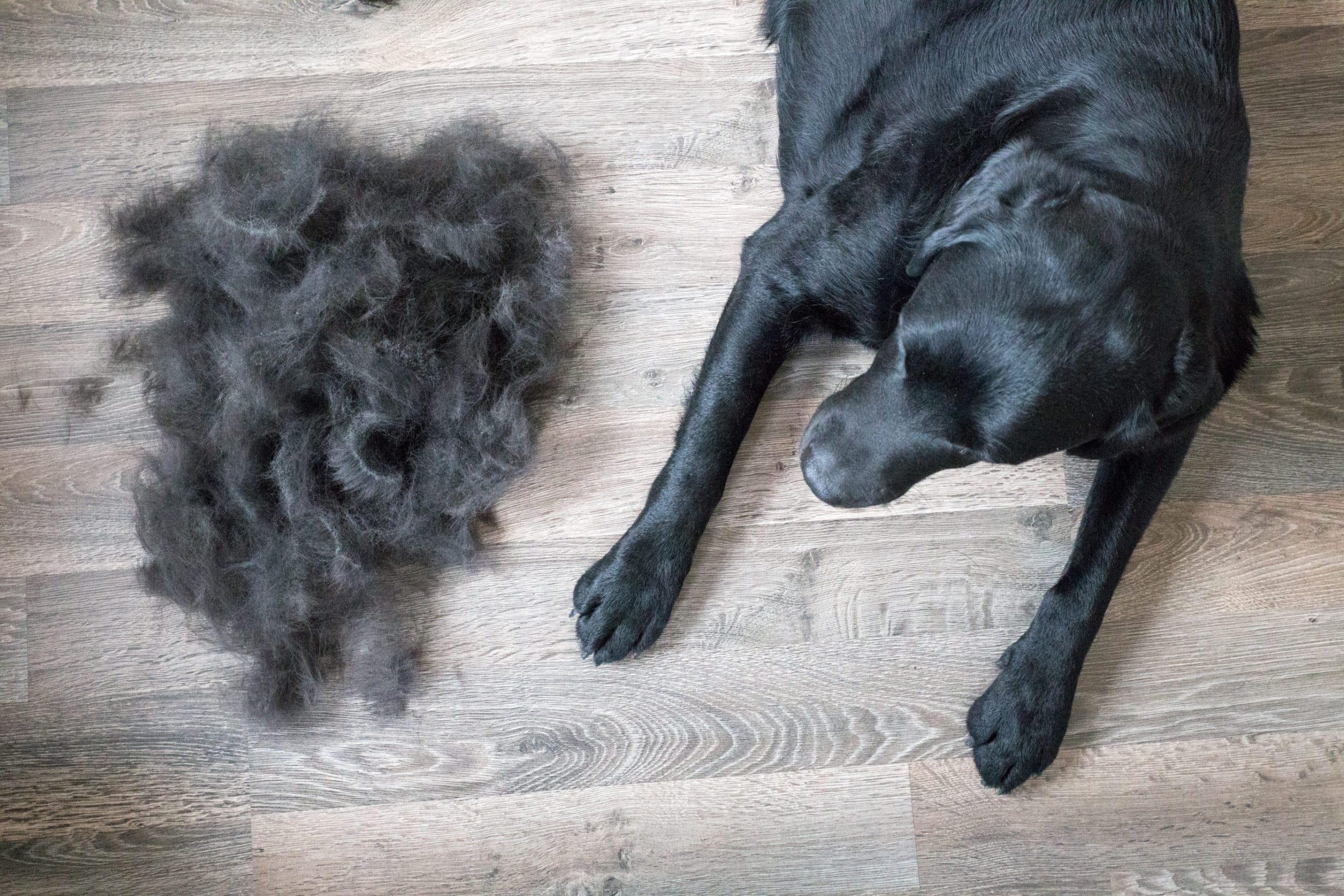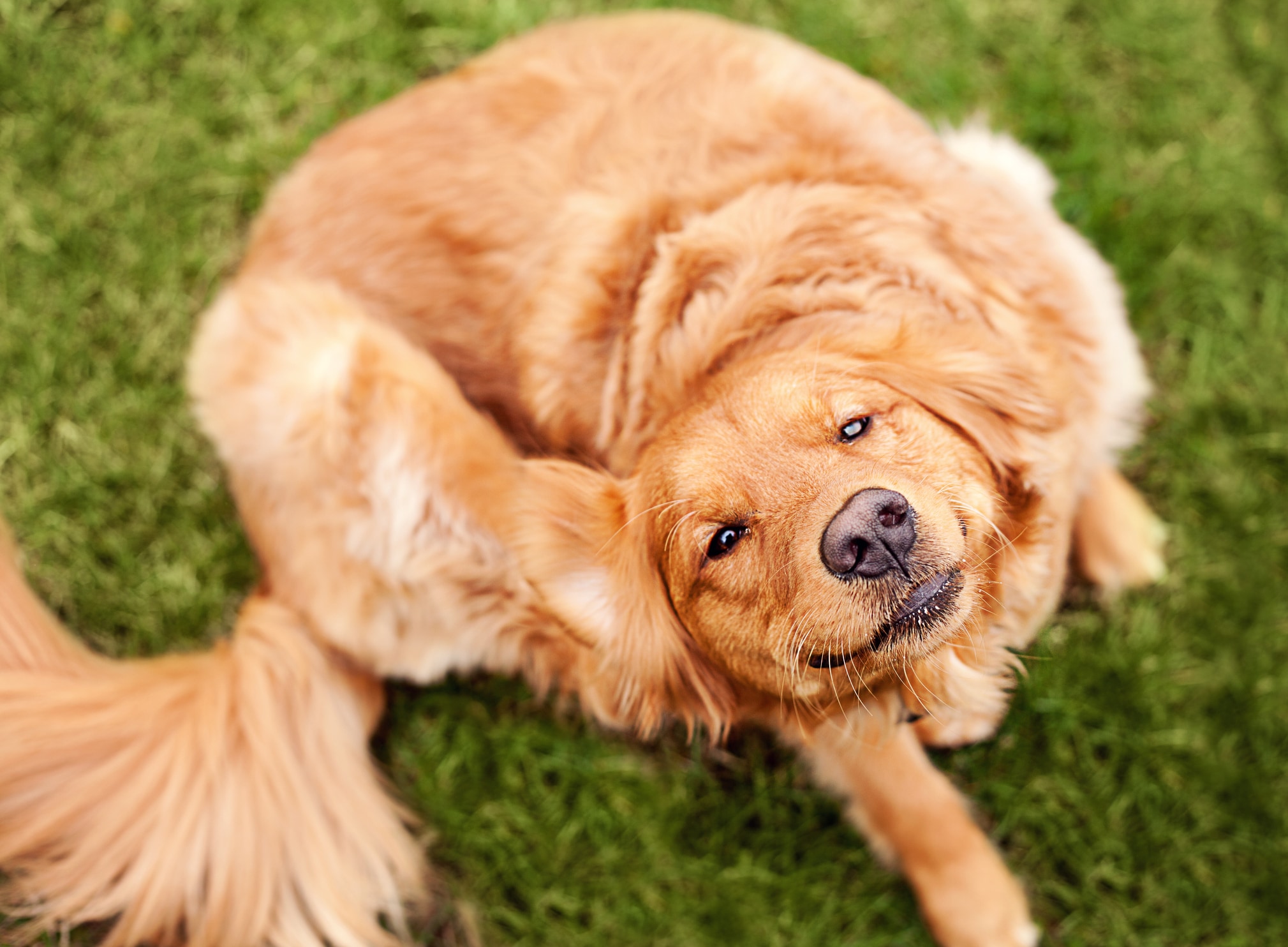To many people, pets are another member of the family. As such, we like to treat them to a little luxury every now and then to show our appreciation for their loyalty and unconditional affection. Business owners and pet groomers are catching on to this trend, and pet resorts are becoming more popular every day. No longer content with just a quick shampoo and blow dry, owners are now taking their furry friends for pet pedicures, massages, acupuncture and more.
However, it’s important to know what services and therapies your dog, cat or other type of pet can handle, and which might cause discomfort. Liane Ehrich, a certified veterinary technician from Tucson, Arizona with more than 20 years of experience working with animals, and Shelah Barr, a canine massage therapist for Happy Hounds Massage in San Francisco, California, weigh in on popular spa services.
-
Chiropractic Therapy
Dog owners seek chiropractic therapy for their pets for a variety of reasons, the most common being spinal issues, hip dysplasia and arthritis. Misaligned vertebrae or joints that are out of place — whether from play, age or injury — can cause pain or discomfort. “If you think that your pet will benefit from chiropractic care, see your veterinarian for a referral,” Ehrich advises. “There is still a great deal of scientific debate about whether or not it works, with most of the science indicating that it does not. Additionally, aggressive or shy pets may not benefit at all and may even be the worse for it.” If your pet is suffering from any of these issues, try switching from a leash to a halter, which can help reverse vertebral damage. You can also feed your dog nutritional supplements to help speed healing. -
Massage Therapy
If you’ve ever had a massage, you know that it can do wonders for your sore muscles. Animal massage works in much the same way. Barr, who specializes in canine massage, has many four-legged clients who have benefited from massages. “While we share physiology — we both have skin, muscle, ligaments, tendons and bone — the movement and the stress and usage patterns; the ways we use our bodies to work, play and rest; the way we relate to pain, injury and healing; and how we respond to treatment are different,” she says. “Because of all this, the major similarity between human and animal massage is mostly the actual massage strokes.” Barr continues, “There are a few minor studies done with canines and felines that show positive results in regards to alleviating pain.” Pets that are relaxed and good with people may enjoy a non-therapeutic massage, just as much as you would.A major difference between animal and human massage is that there is no certification pathway at this time. “Pet massage is unregulated, unlike human massage, although there are classes and continuing education tracts that veterinary staff can take to learn different types of massage and body work therapy,” Ehrich says. It is also preferable to seek treatment from a veterinary professional as opposed to a lay person. Look for someone with the skills, knowledge and experience to offer an enjoyable and safe massage. Search the web and ask other pet owners and animal care experts for suggestions on where to start your search for a knowledgeable pet massage therapist.
-
Water Therapy
Water therapy (or hydrotherapy) is most commonly recommended for dogs that are disabled or arthritic, and that need to get exercise, but can’t tolerate very much high impact physical activity. It’s also sometimes recommended for dogs who have suffered from spinal injuries, elbow or hip dysplasia, or pups that are recovering from surgery. Water therapy is usually safe for both puppies and older dogs. “Water therapy is effective for rehabilitation work and muscle building post-surgery and in pets with impaired muscle mass,” Ehrich says. “It works by allowing the pet to work out without excessive weight bearing. Most water therapy involves an underwater treadmill and allows pets to use walking muscles without injury.” You can learn more about these practices through the Association of Canine Water Therapy. -
Holistic Therapy
Explore holistic options as a way to pamper your pet. Acupuncture can treat arthritis, dysplasia, injuries, kidney disease, skin conditions, endocrine disorders and more in pets. It can also be used for pain management. The results vary, and while the science is vague at this point, there is some evidence that it works. Veterinary accredited acupuncturists are the only valid resource for acupuncture. You can also look into reiki, which involves the flow of healing energy, and can help relax a stressed out pet. -
At-home Therapy
If taking Fluffy to the spa is not in the budget right now, there are some treatments you can do right in your own home. First, give your dog a warm bath, using shampoos and conditioners specifically formulated for dogs. If your dog has long hair, invest in a detangling solution to make brushing and combing easier and less painful for your dog. Have lots of treats on hand to keep your pet happy and reward good behavior. When it’s time for drying, use a towel instead of a blow-dryer. You can even buy doggie cologne to keep your dog smelling great.Finish up your “spa day” by giving your dog a nice, gentle back rub. “Just petting your pet is a great basic massage technique,” Barr says. “A light, fluid and soft stroke is used for different things and can have specific applications, but in general it’s calming to you both, is bonding, and if your pet’s enjoying it then it’s good. Stay on the muscle and go around the bone…and don’t use more pressure than just the natural weight of your hand.” After this special treat, your buddy will look and feel great, and will love the time you spend with him.
Before you take your pet for any type of pampering, check with your vet to make sure it’s safe. There are some services offered that are really not in a pet’s best interest or may not be beneficial for every animal. For example, there is no scientific evidence that aromatherapy works, and manicures and pedicures tend to be traumatizing to dogs. Hot oil treatments can help with skin and coat issues, but too much oil can make a dog’s condition worse. The bottom line is, if your pet doesn’t need it, don’t do it.
For tips on how to massage your dog at home, see these techniques.
Amanda Mole has been writing since she was old enough to hold a pencil and cooking since she was tall enough to reach the stove. She believes that food provides more than just vital nutrients: it is an irreplaceable part of countless cultural and social activities. Her work can be found here.





